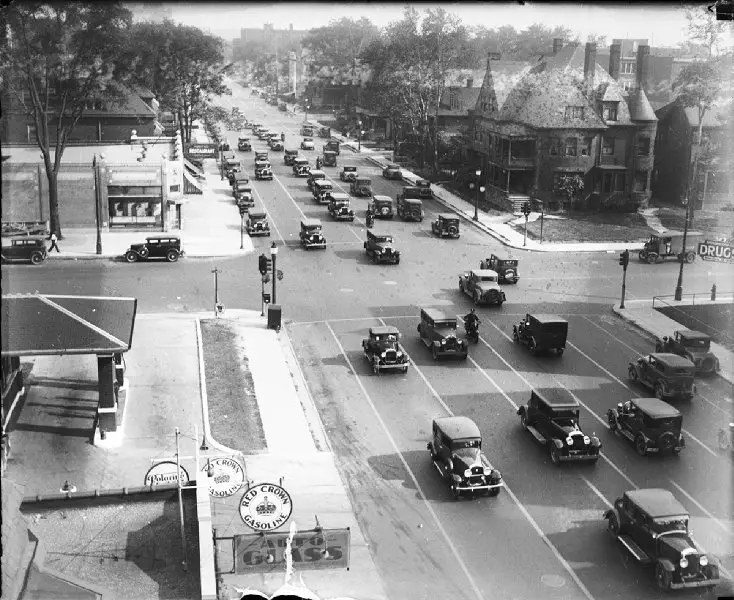
During the 1840’s, Detroit’s population was around 2,000 people. Not exactly a bustling, booming metropolis like New York City, which boasted a population of 312,710 residents at the time. Not surprisingly, New York City was by far the largest, but even Charleston, South Carolina, which ranked as the nation’s 10th largest city in 1840, had 29,261. That was more than 10 times the population of Detroit.
But by the time the El Moore was built in 1898, it was a different story altogether. By the turn of the century, Detroit’s population had exploded from 2,000 to nearly 300,000 residents. The population would continue to multiply at a dramatic pace for another 50 years until Detroit became home to nearly 2 million residents. This was the most explosive growth spurt in the city’s history, followed soon thereafter by its swiftest and most devastating population decline down to the less than 700,000 who call Detroit home today. From the Detroit Historical Society:
“In the 1900s, Detroit had become an optimistic and prosperous city. The city’s ready access to natural resources and capital resulted in large and innovative companies that lead the city to forefront of American commerce. Detroit at the turn of the century was a growing city about to hit its industrial boom with the introduction of the automobile. The population had skyrocketed to about 290,000 residents. The streets were paved with brick and electric lights illuminated the streets of the main commercial district.”
The Motor City was being born, and the luxury of the El Moore during its earliest years was plain evidence of the impressive rise in the city’s fortunes. It may not have been New York, and it still was not listed among the nation’s 10 largest cities as it would be eventually (topping out with a fourth largest city ranking according to the U.S. Census in 1920, 1930, and 1940 with populations ranging between just under 1 million to 1.6 million), but then Detroit didn’t want to be nor did it need to be. Detroit was doing just fine as it was, and anyone who could afford one of the eight luxury apartments in the four-story El Moore was unlikely to be pining away for the overly crowded streets of New York City.
The El Moore remembers well the days of “Old Detroit” when the city was catching its stride, and it has also born witness to the city’s decline from a front row seat in what some say was one of Detroit’s toughest neighborhoods. Now as it awaits new tenants expected to arrive in the spring, the El Moore is bearing witness once again to what many hope will be the rebirth of a Great American City.
